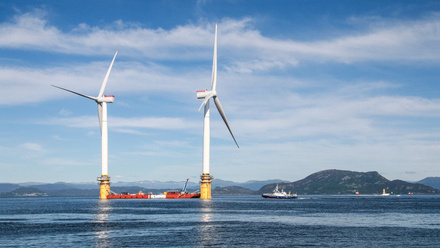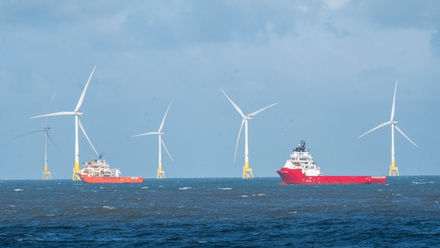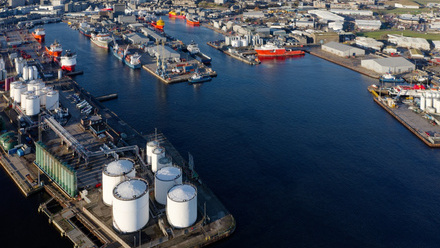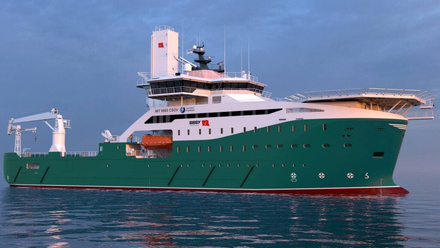The long-term potential of tidal energy
While solar and wind are ramping up their contribution to the UK’s energy mix, tidal is still on the starting line.
When it comes to renewable energy, tidal stream energy is a late entrant. Unlike the intermittency of wind and solar, tidal is decoupled from the weather, providing more dependable energy flows; indeed, tides can be forecast many years into the future (although as sea levels rise due to climate change, very long range predictions will become more difficult). Tidal sites also tend to be close to shore, reducing the cost of subsea cables and maintenance.
And the UK is particularly well placed to capture this potential, with 50 percent of Europe’s tidal resources – and 10 percent of the global resources – around the UK. Sitting on the continental shelf on the edge of the Atlantic Ocean, the shallower waters give rise to strong and reliable tide and wave resources. According to data from Offshore Renewable Energy (ORE) Catapult and Imperial College London (ICL), tidal energy has the potential to meet 11 percent of the UK’s electricity demand by 2050, adding £17 billion to the economy.
There are challenges, however. Costs have come down significantly but remain high compared to other renewables. The good news is that ringfencing for tidal stream projects under the UK’s Contract for Difference (CfD) regime is creating space for the emerging technology.
In September, Allocation Round 6 (AR6) of the UK’s CfD renewable auction backed six projects across five sites to deliver 28MW of tidal stream capacity at £172/MWh, the lowest cost that tidal stream projects have been contracted at since the introduction of the ringfence. The country is now on track to have over 130MW of tidal stream capacity deployed in its waters by 2029.
The projects that secured contracts in AR6 are HydroWing in Wales (10MW) and four sites in Scotland (MeyGen 9MW), Seastar (4MW), Magallanes (3MW) and Ocean Star Tidal (2MW). Scotland now has 83MW and Wales 38MW of contracted tidal stream capacity; no projects have been successful contracted in England.
Lobbyists for the fledgling industry are calling on the government to maintain the ringfence in future rounds – it was already increased to £15 million this year but the industry would like this doubled along with a 1GW deployment target for 2035.
The ringfence is critical because it provides a clear route to market for project developers, said Richard Arnold, Policy Director of the Marine Energy Council. “Maintaining and increasing the size of the ringfence in future rounds will ensure the UK continues to lead in developing, deploying, and exporting tidal stream technology and expertise around the world,” he said.
Concerns over marine life
The technology faces another barrier, namely worries that these energy devices might harm or disrupt marine ecosystems, perhaps by collisions with the devices or because of underwater noise. The paucity of data, given how new this industry is, creates uncertainty among regulators and stakeholders, which is why project developers are busy undertaking research programmes. Towards the end of 2024, for example, a data gathering buoy was launched off north Wales to ensure that marine mammals and birds are safeguarded when the Morlais project, the largest consented tidal energy development in Europe, becomes operational from 2026.
The buoy has integrated monitoring and analysis equipment, including sonar imaging, acoustic monitoring and video imaging to track wildlife behaviours and patterns in the zone where Morlais tidal energy devices are set to be deployed. The results and learnings will be shared with colleagues across the tidal energy sector in a bid to fill in the data gaps and help minimise and mitigate any potential risks.
Join IMarEST’s Offshore Renewables Special Interest Group to discuss similar topics.
Image: Sihwadal Observatory and Sihwa Seawall with tidal power plant in South Korea; credit: Shutterstock.
Tell us what you think about this article by joining the discussion on IMarEST Connect.






